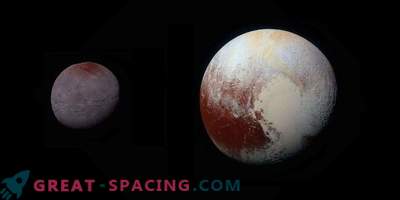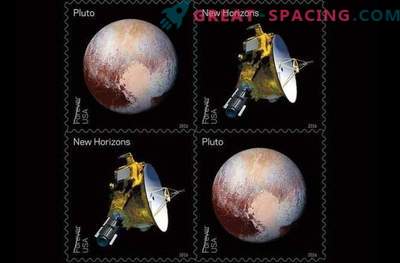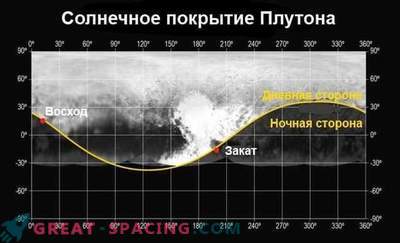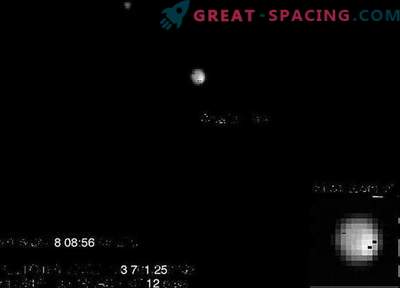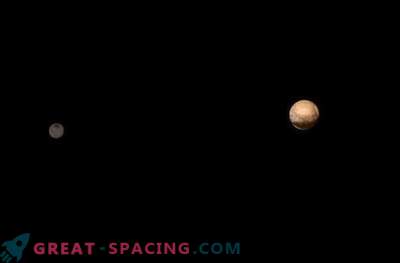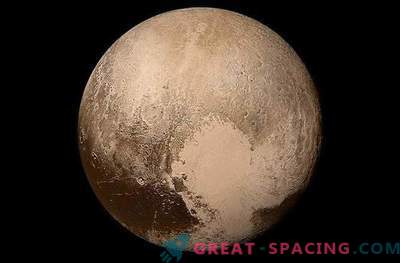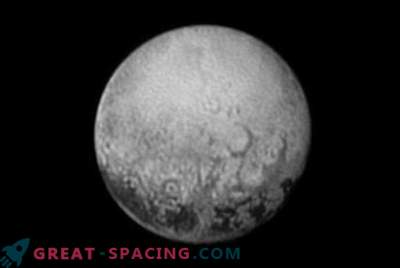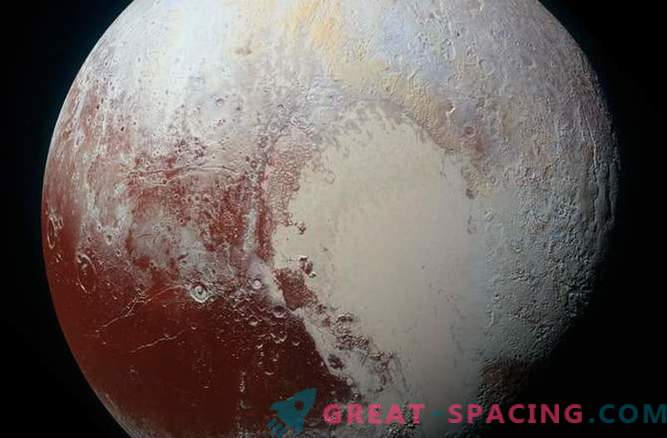
To the surprise of people who said that Pluto is not a real planet, the researchers came to the conclusion that this, continuing to surprise, the celestial body looks more like a planet than a dwarf planet, based on its interaction with the solar wind.
During the passage of the New Horizons through the Pluto system in July 2015, a spacecraft device called the Solar Wind Around Pluto (Solar Wind Around Pluto, SWAP abbr.) Measured what happens when a stream of solar charged particles enters the atmosphere of Pluto.
The interaction seen was less like a comet (as previously assumed) and more like a hybrid of a comet and a planet, with a sharp deflection of the solar wind, but relatively close to its windward surface. “This type of interaction has never been observed before in our Solar System,” said David McComas, a professor of astrophysical sciences at the University of Priston and lead author of the study. “The results are amazing.”
Surprisingly, Pluto is able to maintain gravitational attraction over most of its subtle atmosphere, and the ions are even thrown off by the solar wind into a long tail (which, by the way, is also on other planets like Earth).
“These results indicate the strength of the research,” said Alan Stern, the principal investigator of the New Horizons. “Once again, we entered a new type of terrain and discovered completely new types of natural expressions.”
The results were published on May 4, 2016 in the Journal of Geophysical Research - Space Physics.


